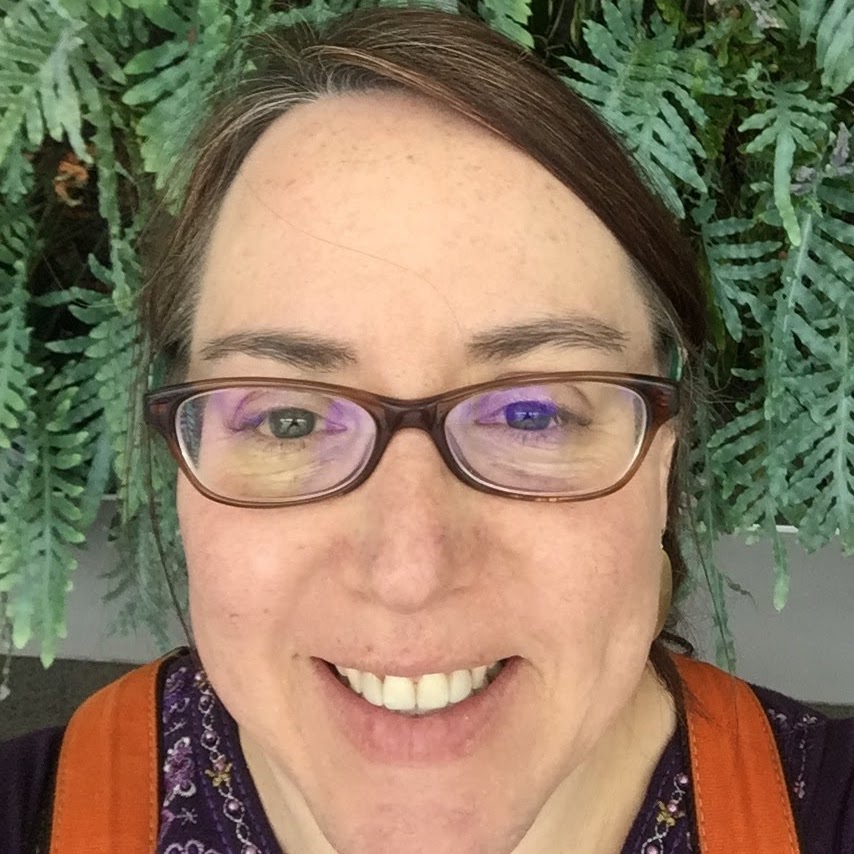Fringes, the NCETA Journal, is a space for current and pre-service English Language Arts (ELA) teachers, as well as ELA teacher educators, to share ideas for teaching primary and secondary ELA. Specifically, Fringes is a peer-reviewed journal published annually and features articles that address innovative classroom practices, important and timely educational issues, pedagogical methods, classroom activities, and curricular materials. We welcome a combination of both practice-oriented and research pieces, grounded in the various interests, assets, and contexts experienced by North Carolina teachers. In particular, we want to hear about the practices and research that educators are doing that are unconventional and peripheral, what we call fringe.
Fringes Editors
 Morgan V. Blanton is a Clinical Associate Professor in the Department of Child Development, Literacy, and Special Education (CLSE) at Appalachian State University. Her current research interests include literacy (text complexity, graphic novels, instructional practices in literacy, and media literacy) as well as reflective practices as it relates to teacher self-efficacy and eCoaching. Her most recent projects include exploring text complexity in graphic novels for upper elementary and middle grades, investigating ways in which children’s literature can foster discussion of complex issues in elementary school classrooms, and examining preservice English-Language Arts teachers reflective practices.
Morgan V. Blanton is a Clinical Associate Professor in the Department of Child Development, Literacy, and Special Education (CLSE) at Appalachian State University. Her current research interests include literacy (text complexity, graphic novels, instructional practices in literacy, and media literacy) as well as reflective practices as it relates to teacher self-efficacy and eCoaching. Her most recent projects include exploring text complexity in graphic novels for upper elementary and middle grades, investigating ways in which children’s literature can foster discussion of complex issues in elementary school classrooms, and examining preservice English-Language Arts teachers reflective practices.
